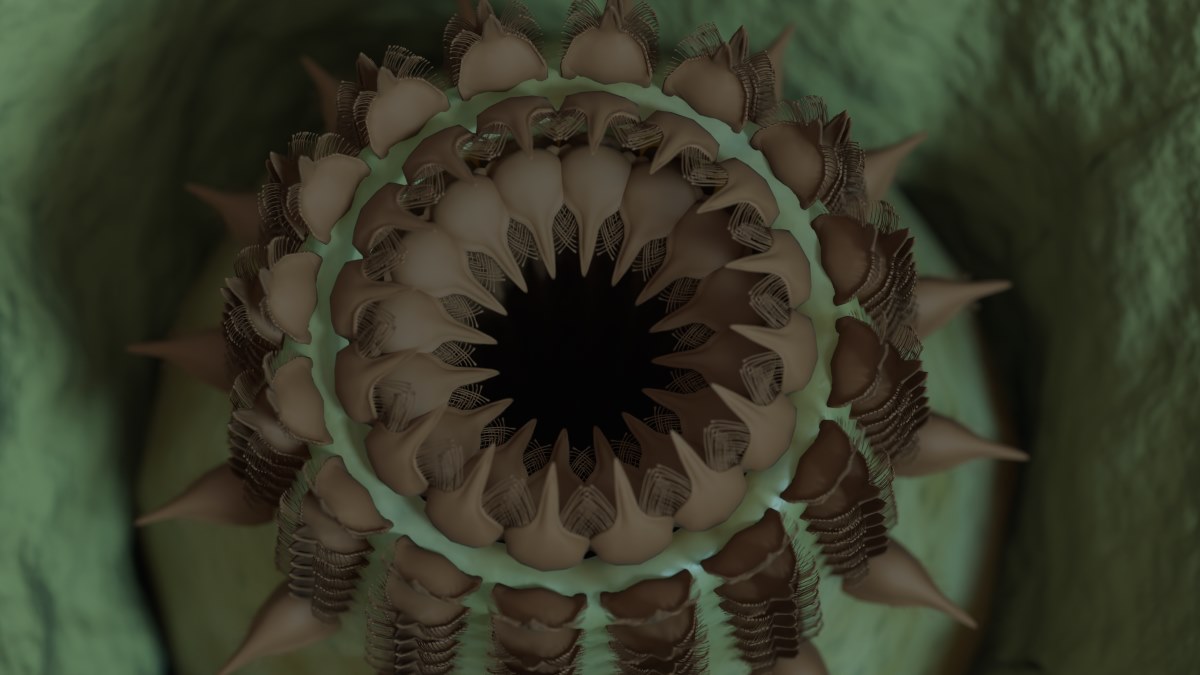
Treasure trove of half-billion-year-old animal fossils found in Grand Canyon
How did your country report this? Share your view in the comments.
Diverging Reports Breakdown
Treasure trove of half-billion-year-old animal fossils found in Grand Canyon
Fossils of some of Earth’s earliest animals have been found in the Grand Canyon. The fossils date to between 507 and 502 million years ago (mya) in the middle of the Cambrian period which lasted from 541 to 485 mya. The Cambrian saw an evolutionary “explosion’ with all the basic body types seen in modern animals first appearing in Earth’s ancient seas during this period. Soft body parts from Cambrian environments tend to be from oxygen- and resource-poor environments which are perfect for rapid fossilisation. Many of the fossils resemble modern-day crustaceans including shrimp. Others are molluscs similar to today’s slugs. The team also identified a new species of ancient priapulid – a group known as penis or cactus worms – which are nearly extinct today. The researchers named the new animal spectatus, after the fictional kraytdraco dragon from the Star Wars universe. It got certain parallels with the conservative economics of early animals.
The fossils date to between 507 and 502 million years ago (mya) in the middle of the Cambrian period which lasted from 541 to 485 mya. The Cambrian saw an evolutionary “explosion” with all the basic body types seen in modern animals first appearing in Earth’s ancient seas during this period.
It’s the first time Cambrian fossils have been found in the Grand Canyon.
Sternal elements of crustaceans from the Cambrian period. Credit: Mussini et al.
The rich deposit, detailed in a paper published in Science Advances, includes tiny, rock-scraping molluscs, filter feeding crustaceans, spiky-toothed worms and possibly fragments of some of the food these ancient creatures ate.
Most Cambrian animals had hard outer shells. Soft body parts have been found in some places around the world, like Canada’s famous Cambrian site the Burgess Shale formation and China’s Maotianshan Shales. Soft body parts from the Cambrian tend to be from oxygen- and resource-poor environments which are perfect for rapid fossilisation.
Grand Canyon. Credit: Joe Clevenger.
The new Grand Canyon discovery, however, includes the world’s first soft-bodied Cambrian fossils from a resource-rich “Goldilocks zone” which would have provided conditions for accelerated evolution of early animals.
During the Cambrian, the Grand Canyon was closer to the equator and had oxygen-rich waters which were neither too deep nor too shallow. They were “just right” for supporting the evolution of early animals.
“These rare fossils give us a fuller picture of what life was like during the Cambrian period,” says first author Giovanni Mussini, a PhD student at the UK’s University of Cambridge. “By combining these fossils with traces of their burrowing, walking, and feeding – which are found all over the Grand Canyon – we’re able to piece together at an entire ancient ecosystem.”
“Surprisingly, we haven’t had much of a Cambrian fossil record of this kind from the Grand Canyon before. There have been finds of things like trilobites and biomineralised fragments, but not much in the way of soft-bodied creatures,” says Mussini. “But the geology of the Grand Canyon, which contains lots of fine-grained and easily split mud rocks, suggested to us that it might be just the sort of place where we might be able to find some of these fossils.”
Mussini and colleagues first dissolved the rock around the fossils using a solution of hydrofluoric acid. The sediment was then passed through sieves to release thousands of tiny fossils.
These were then examined under high-powered microscopes to reveal their features.
Many of the fossils resemble modern-day crustaceans including shrimp. Others are molluscs similar to today’s slugs.
The microscopic analysis revealed many of the complex ways these early animals were evolving to catch and eat their prey.
The crustaceans had hair-like extensions on triangular grooves around their mouths and hairy limbs used to sweep passing food particles into their mouths like a conveyor belt. The molluscs had chains of teeth, like those of a modern garden snail, which they likely used to scrape algae or bacteria off rocks.
“These were cutting-edge ‘technologies’ for their time, integrating multiple anatomical parts into high-powered feeding systems,” Mussini says.
The team also identified a new species of ancient priapulid – a group known as penis or cactus worms. These were widespread during the Cambrian but are nearly extinct today. The Grand Canyon fossil priapulid had hundreds of complex branching teeth which it used to sweep food into its extendible mouth.
The researchers named the new animal Kraytdraco spectatus, after the fictional krayt dragon from the Star Wars universe.
Illustration of the mouth of Kraytdraco spectatus. Credit: Rhydian Evans.
The region during the Grand Canyon was likely a prime location for evolutionary experimentation of early animals.
“Animals needed to keep ahead of the competition through complex, costly innovations, but the environment allowed them to do that,” Mussini explains. “In a more resource-starved environment, animals can’t afford to make that sort of physiological investment. It’s got certain parallels with economics: invest and take risks in times of abundance; save and be conservative in times of scarcity. There’s a lot we can learn from tiny animals burrowing in the sea floor 500 mya.”
Source: https://cosmosmagazine.com/history/palaeontology/grand-canyon-animal-fossils/
